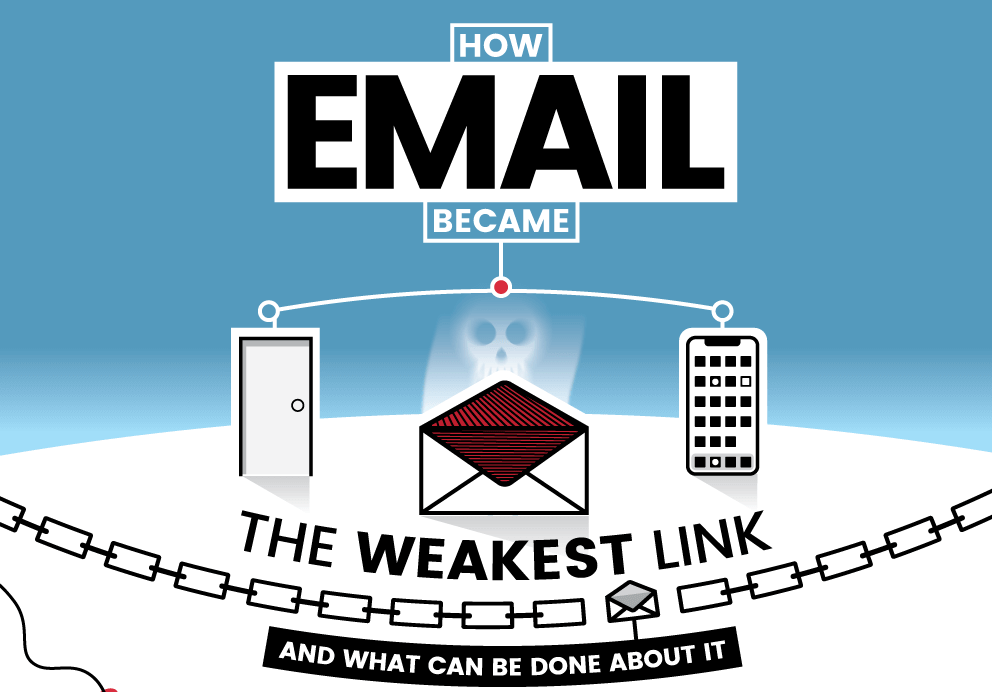Emails have become an essential part of our working and personal lives. But some people have found ways to exploit emails to spread viruses and other malware. One out of every 99 emails is a phishing attack; in a 5 day work week, this amounts to 4.8 phishing emails per employee. Business could even be receiving phishing attacks everyday and not even know it. 30% of phishing emails can make it default security, and the phishing emails that make it through can be very costly. From 2013 to 2016, cyber attacks, including ransomware, business email compromises, and phishing leaks, cost businesses over $5 billion worldwide. And phishing attacks have been steadily increasing rising, Today, a phishing attack on a midsize business costs an average of $1.6 million which is caused by decreased productivity, loss of proprietary data, and damage to reputation and 1 in 3 consumers will stop using a business after a security breach. But 35% of professionals don’t know what “phishing” means.
Phishing works when attackers send emails or other communications, manipulating the receiver into opening a malicious file or clicking a link. The result of most phishing attacks is malware is automatically downloaded to their computer of device, or, a spoofed website collects login credentials resulting in compromised information. Over half of all phishing attacks contain malware and more than 2 out of every 3 phishing attempts used a malicious link. The result is fake invoices were paid, and false transfers were made.
Hackers prey on trust to get into people’s systems. Phishing emails make poor imitations of trusted brands such as Microsoft, Amazon, FedEx, and UPS. Many legitimate emails may contain potential signs of phishing making detecting phishing emails even harder to separate from dangerous ones.
Find out how you can recognize and stop phishing attacks here.


